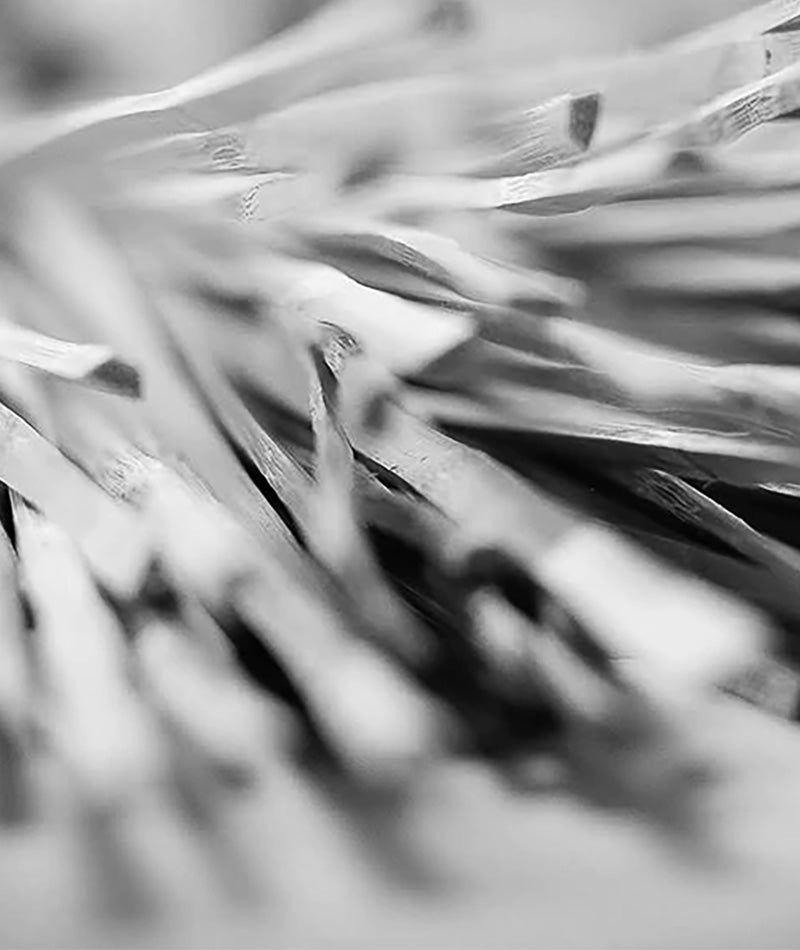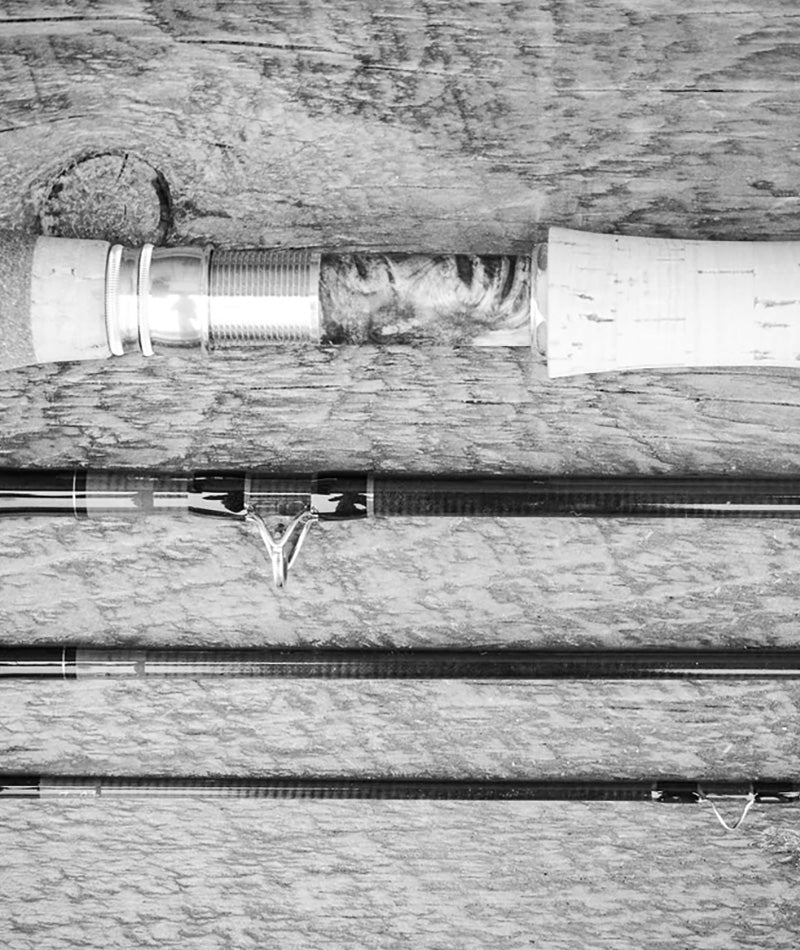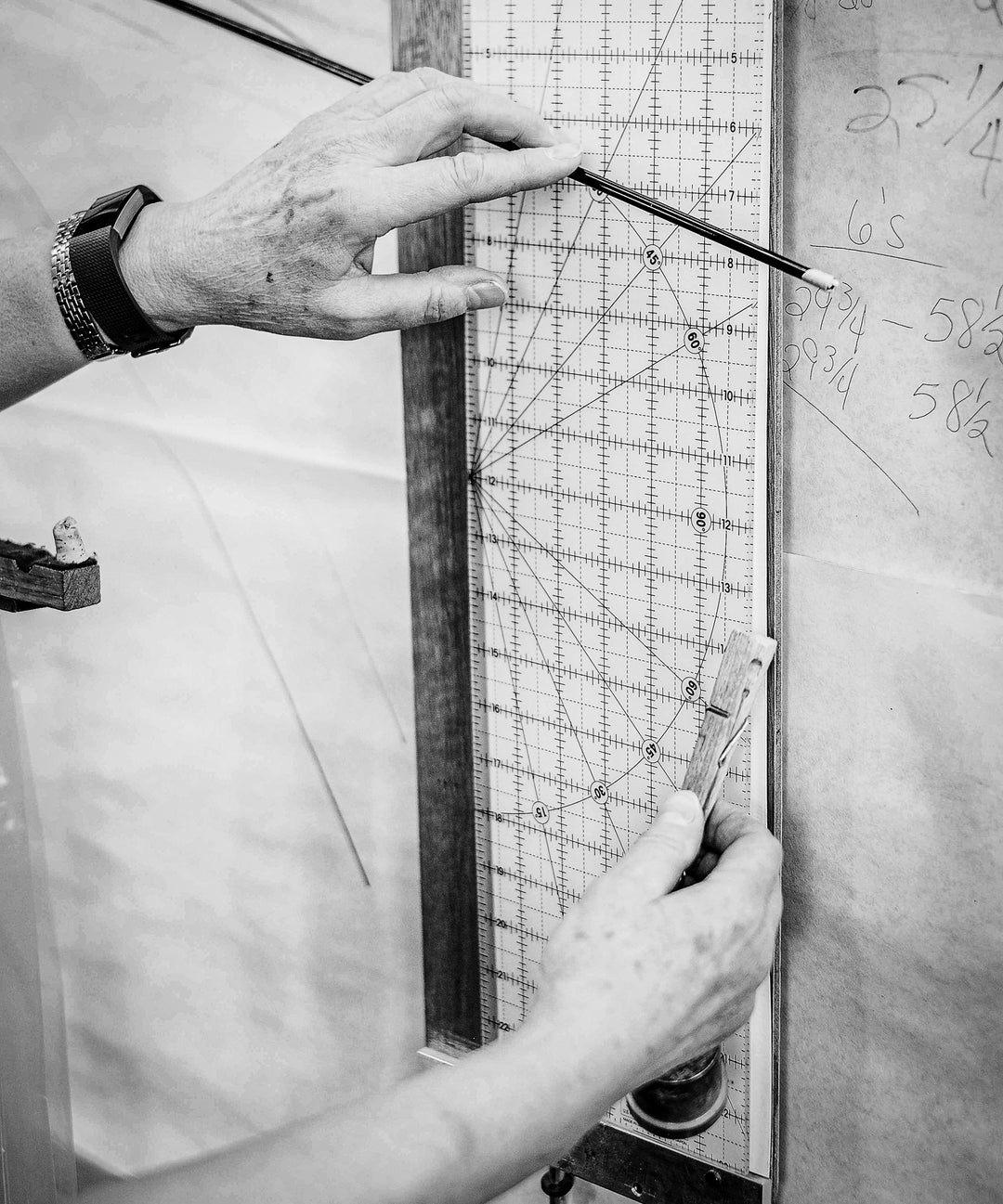
Design in Tom's Words
During the more than forty years I have been fly fishing, three major influences have helped form my rod design philosophy: my own personal fishing experience, my guiding experience, and my experience as an owner of the R. L. Winston Rod Company.
The Introduction
As many of you know, I grew up in southwestern Montana with its abundance of great trout streams and it was there I learned to fly fish. There are all types of streams from rushing mountain streams to the boisterous Madison River, gentle spring creeks, small rivers, medium-sized rivers, the big but quiet Missouri River, and many lakes. From an early age, my passion was fly fishing, and I explored most of these waters and learned many of their secrets. Because I fished a variety of streams, I assembled a broad collection of rods well suited for each particular type of water and condition. During this part of my life, I fished almost exclusively with bamboo rods.
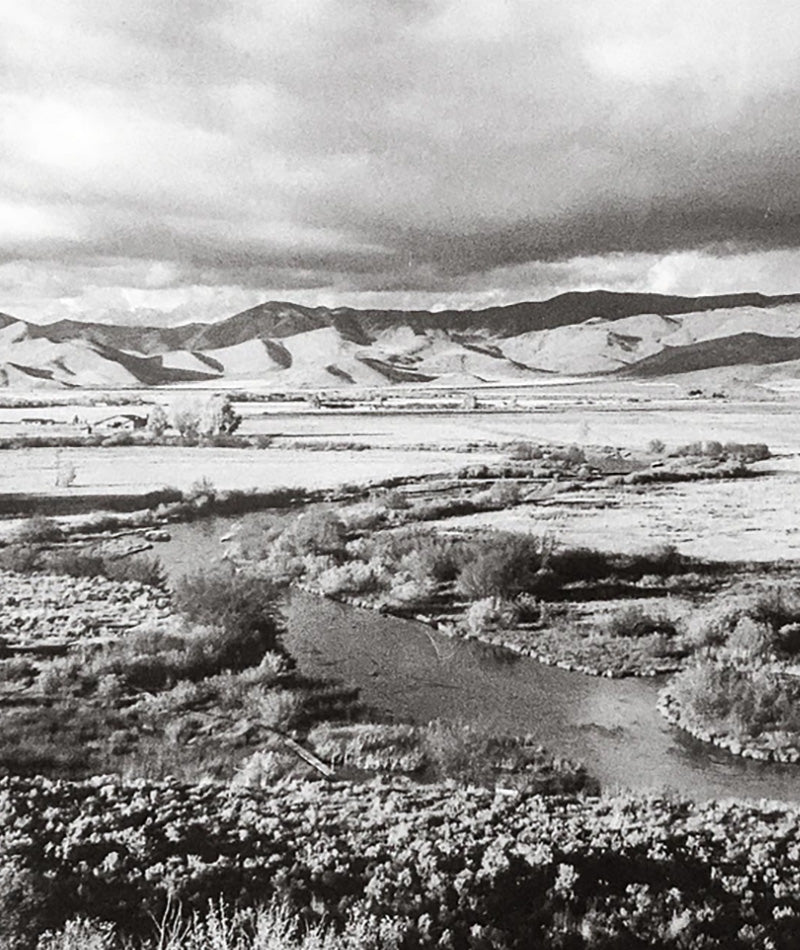
Early Guiding Lessons
I started guiding when I was fifteen and guided on a regular basis for fourteen seasons in Montana. The anglers came from around the United States, and they fished with a broad variety of rods. In the beginning, most of the rods were bamboo, but these were gradually replaced by fiberglass. Some of this time was spent in drift boats, but more time was spent on streams wading beside anglers and watching them fish. By observing the streams, the fish, and the anglers, I learned the finer points of effective angling, and I could see some rods worked much better than others. By fishing with many of these rods and watching them in use, I soon developed a sense of which designs worked best.
For the nearly two decades I was an owner of Winston, I designed and built fly rods from bamboo, fiberglass, and graphite. This experience gave me a unique opportunity; one few rod designers have had. Many of my design ideas came from the desire to build a rod for myself for a particular type of stream or fishing situation. During this time, the bamboo rod tapers were also refined. My partner, Glenn Brackett, and I cast every bamboo rod we made before it left the shop. This, in itself, gave me an opportunity to cast several hundred bamboo rods, in addition to casting many customers brought to the shop.
Rod Design Fundamentals
I've talked with hundreds of anglers about their rod preferences and, I've spent years thinking about rod design principles and talking with other knowledgeable rod designers about different actions. I've come to believe there are three main rod actions: traditional "fast action" with a stiff butt and a flexible tip, "slow action" with a stiff tip and flexible butt (or a rod that is overall too flexible for the line weight it is casting), and "progressive action" with a uniform increase in stiffness from tip to butt.
It is important to point out "fast action" has taken on a new meaning in recent years when applied to graphite rods. Most of today's rods have fast action, regardless of their bending pattern, because they are overall stiffer than rods of previous eras. In other words, most of the contemporary rods would have been rated to cast lines one or two sizes heavier in years past. Many of today's anglers started using these stiff, fast rods, not even realizing there are different designs that may be better suited for their trout angling situations. In my opinion, many anglers of today's generation have never learned the joys of fishing with truly great rods that bend and flex as they should and thereby communicating back to the angler how the rod, line, leader, and fly are performing.
I would like to offer two suggestions for anglers who find their rods stiffer than they would prefer. There are usually two options to make the rods load enough to help bend them to provide a better "feel". Shop owners tend to recommend weight forward lines over double taper. In line sizes 2-weight through 4-weight I think double taper lines provide more load and make better presentations and making it "feel" more like traditional action rods should. In line sizes 5-weight and above for floating lines I think the long belly weight forward provides the best combination of short to medium performance while offering greater distance if wanted and they provide more load.
Helpful Hints
The other option most anglers won't accept but should, is overlining the rod by one or two line sizes. The taper of the stiff rod is often good so by putting on a heavier line the rod will load more and "feel" like it should. Angler's resistance to this is usually two-fold. First, they say the manufacturer designates this rod for this line size and I shouldn't change it. Nonetheless, if it performs better with a heavier line and you enjoy it more use the heavier line. The other even more powerful resistance is the angler is afraid of damaging or breaking the rod by using the heavier line. This just isn't true. Rods are designed with plenty of strength so loading them with one or two line sizes heavier will not damage the rod. I know this from personal experience and from talking with a number of rod manufacturers.
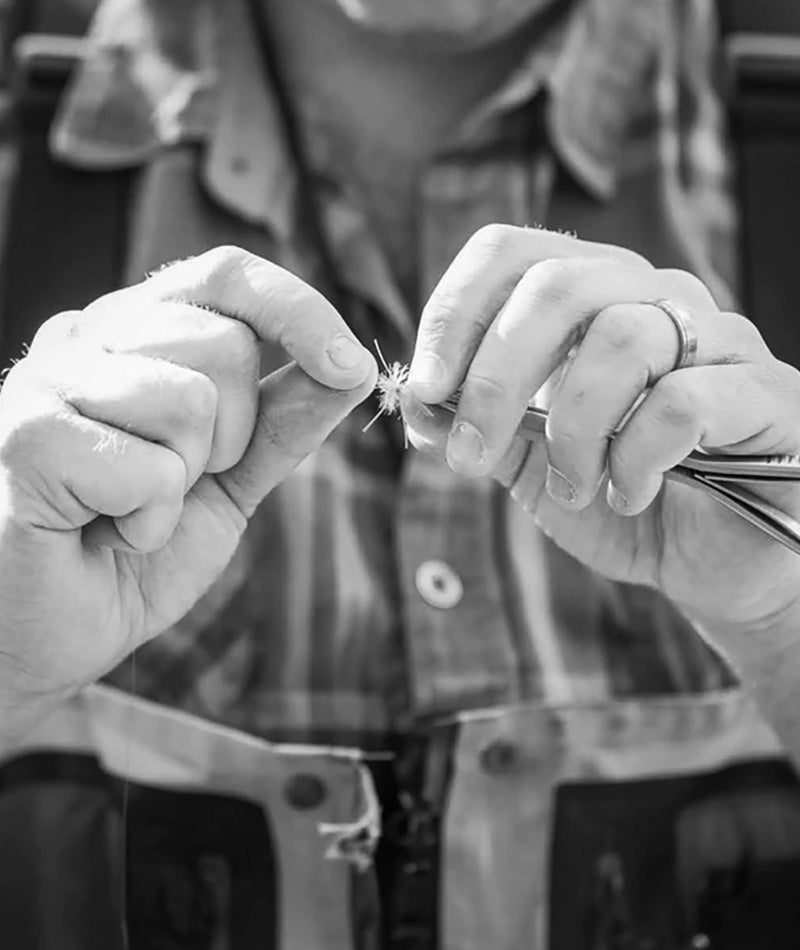
Rod Dynamics
How rods bend under a load and how the stored energy flows through the rod as it unloads in a cast is what we consider to be rod action. Great rod action is one of those things in life you know you like when you feel it, but it can be difficult to describe. However, from my experience, there are three attributes in rod design most prized by knowledgeable and accomplished anglers, regardless of the rod material. The first is the smoothness of action. This means the rod loads and unloads when casting in a uniform manner from tip to butt without any "kicks" or "hinges". I have chosen the progressive action with a good balance between the tip and butt for all of my rods providing this smooth action. This is what makes a rod feel sweet when you cast it. For graphite rods, another important aspect of this smoothness of feel is the ferrule design. My rods have a continuous taper from tip to butt with a spigot ferrule designed to preserve the taper. Many of today's graphite rods have a thin-walled tip fitting over a smaller diameter, thick-walled butt. Although this ferrule design allows for good production efficiency, it doesn't let the rod transmit the flow of energy in a smooth and continuous manner.
The second attribute is that the rod has the right amount of bend for its rated line size. Remember my previous observation most rods today are too stiff or fast for their rated line size. It is extremely important for a rod to bend sufficiently to communicate to the angler how the line is behaving during casting. If it doesn't, the angler won't have the feel needed to make the accurate and delicate casts necessary to obtain a high level of angling proficiency. I have carefully designed these rods to have the correct stiffness for good feel and yet have sufficient power for a wide range of casting distances. Under normal circumstances, my rods won't cast a line one size heavier than they are rated to cast. The exception to this would be if you were continually fishing short distances with a light line rod you might choose one line size heavier to load the rod at the shorter distances.
The third attribute in designing a rod is correct tip stiffness for each line size. This has always been easy to achieve with bamboo rods because the power fibers are on the outside and the strips are tapered from the inside, but, until fairly recently, it has been difficult to do with graphite. Now graphite blank-making technology has become very sophisticated, and it allows me to design very small diameter tips. These small diameter tips have the suppleness needed to form loops correctly while casting. They also protect tippets when setting a hook and playing fish. This is very important, as anglers tend to use lighter tippets and smaller flies to fool wary fish on many of the heavily fished waters.
Closing
For my graphite rods, I have selected medium modulus graphite that is lightweight yet very strong. The individual mandrels I have designed provide precise tapers to best utilize the material for each line size. The fiberglass rods are rolled on mandrels with a similar taper to those I used on my original designs. The fiberglass cloth is E-fiberglass with an epoxy resin.
The Tom Morgan Rodsmiths fiberglass, graphite, and bamboo rods represent the accumulation of my many years of fishing, guiding, and rod designing experience. I believe they are my very best designs. I am confident you will find them to be exceptional casting and fishing rods.
Bamboo Philosophy
We greatly value the tradition of bamboo rods, and we strive to continue their heritage in Winston's history and the sport of fly-fishing.
Fiberglass Philosophy
A number of knowledgeable anglers have discovered anew that fiberglass can make wonderful fishing rods covering many situations extremely well.
Graphite Philosophy
Our 4-piece graphite rods were designed because so many anglers are now traveling, particularly by flying, to their fishing destinations the demand for multi-piece rods has grown substantially.


